Only logged in customers who have purchased this product may leave a review.
Periodic Table of Elements
$1.00
You can use this resource as a poster or a handout – the Periodic Table of Elements (with a ‘how to read each element’ visual model).
The table shows all elements through 103 Lr and is color coordinated showing:
– alkali metal
– alkaline earth
– transition metal
– basic metal
– semimetals
– nonmetals
– halogens
– noble gas
– langthanides
– actinides
Related products
-
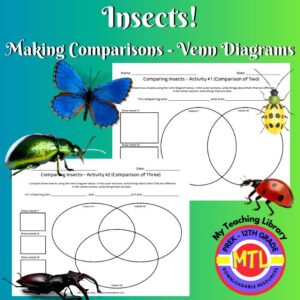 $2.25Buy Now
$2.25Buy NowTWO ready to use Venn Diagram Science activities for students to use to compare 2 or 3 insects. On each, students will list the insects they will compare and contrast, draw a picture of each and then complete the Venn Diagram.
Extend the activity by asking students to write a paragraph or short report about their discoveries!
-
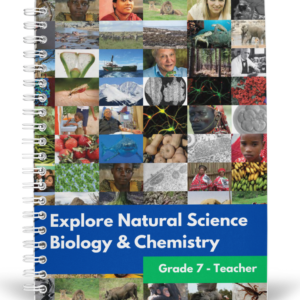 $15.00Buy Now
$15.00Buy NowThis is the Teacher’s edition for Natural Science: Biology & Chemistry – Grade 7 (Student Edition)
Bundle and Save: 7th Grade Science Curriculum Bundle
-
 $3.25Buy Now
$3.25Buy NowThis book unit (Holes by Lousi Sachar) provides reading comprehension questions, vocabulary work and discussion questions in which students will be tasked with writing their answers.
There are 22 pages and split into groups of chapters for ease of assignment/use:
- Chapters 1-5
- Chapters 6-10
- Chapters 11-16
- Chapters 17-22
- Chapters 23-28
- Chapters 29-33
- Chapters 34-39
- Chapters 40-45
- Chapters 46-50
Also included: Extended activity ideas and answer keys
About the book:
Holes is a 1998 novel written by Louis Sachar. It won the 1998 U.S. National Book Award for Young People’s Literature and the 1999 Newbery Medal for the year’s “most distinguished contribution to American literature for children”. The story centers on an unlucky teenage boy named Stanley Yelnats, who is sent to Camp Green Lake, a juvenile corrections facility in a desert in Texas, after being falsely accused of theft. The plot explores the history of the area and how the actions of several characters in the past have affected Stanley’s life in the present. These interconnecting stories touch on themes such as racism, homelessness, illiteracy, and arranged marriage.Interest level:
Grades 4 – 8Reading level:
Grades 3 – 8 -
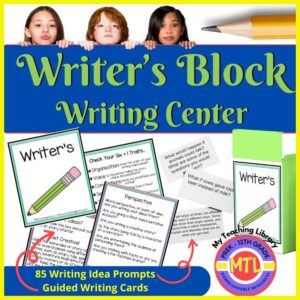 $4.00Buy Now
$4.00Buy NowAn engaging writing center resource that students will love to use! Materials include:
- Center Title & Instruction ideas
– Check your 6 + 1 traits
– Instructions
– Perspective questions - 86 writing prompt cards (best suited for 3rd-6th grades)
- Center Title & Instruction ideas


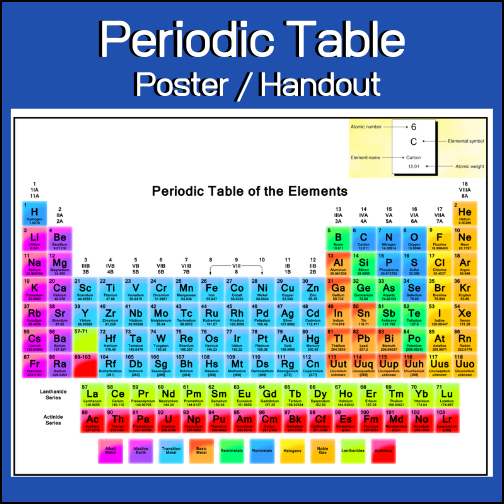
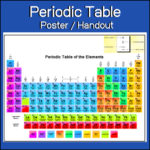
Reviews
There are no reviews yet.